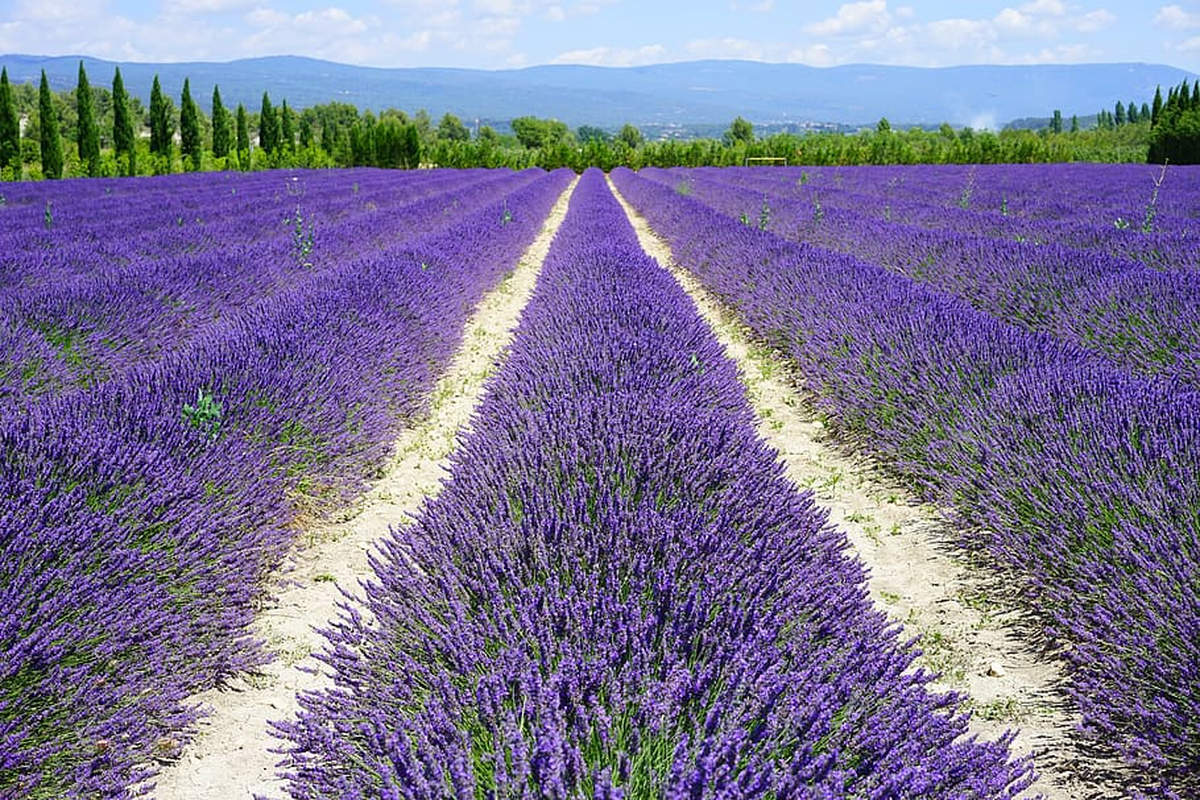France is the second largest producer in Europe. Its first customer: Germany. Its main supplier: Switzerland. Workforce: more than 4,000 jobs. The French trade balance has a surplus of 119 million euros (Insee).
 In 2020, sales of essential oils produced in France amounted to 1.64 billion euros, those produced in the European Union (EU) to 8.89 billion euros. France is the second largest producer of essential oils in the EU, behind Germany and ahead of Spain and Italy.
In 2020, sales of essential oils produced in France amounted to 1.64 billion euros, those produced in the European Union (EU) to 8.89 billion euros. France is the second largest producer of essential oils in the EU, behind Germany and ahead of Spain and Italy.
Most of the production is sold in the form of mixtures of odoriferous substances. Intended for the food and beverage industries, these represent 34% of invoicing in France and 60% in the EU.) Mixtures for other uses (perfumery, cosmetics, aromatherapy, etc.) account for more sales in France than in the EU as a whole, respectively 48% and 28%. The sale of essences of natural aromatic products represents only 16% of all billings of France and 10% of those of the EU. Resinoids, aromatic distilled waters and other products constitute the rest of the invoiced production (2% of French and European production).
A trade balance slightly in surplus
The French trade balance is a surplus for essential oils of 119 million euros in 2020. French exports amount to 2 493 million euros, imports to 2 374 million euros.
The essential oils most exported by France are mixtures of odoriferous substances used as raw materials for industry (excluding food and beverages): these represent 54% of exports, mixtures for the food and beverage industries, 28%, pure essential oils, 16%.
The first customer of France is Germany with 15% of exports; Italy, the United States and Spain follow with 7% each. To Germany, the most exported products are mixtures of odoriferous substances used as base materials by industry (84%) and non-deterpenated essential oils (10%). Half of the exports to the United States are non-deterpenated essential oils.
The first country supplying France with essential oils is, by far, Switzerland, with 36% of imports. A large proportion (86%) of products imported from Switzerland are mixtures of odoriferous substances used as raw materials for industry (excluding food and drink). Ireland, the second supplier country, exports to France mixtures of odoriferous substances used as raw materials for the food and beverage industry at 94%.
Brazil imports 80% of orange essential oils (non-deterpenated and deterpenated). Orange essential oil is the most produced essential oil in the world in tonnage. France imports (non-deterpenated and deterpenated) a quarter from Brazil.
Essential oils of lavender and lavandin, a French tradition from the South-East
One of the typical productions of France is the essential oil of lavender or lavandin. The essential oils of lavender and lavandin produced in France are mainly intended for export. The United States is the first customer of France, with 24% of exports, followed by Switzerland (21%), Spain (8%) and Belgium (7%).
In France, essential oils are mainly produced in the southeast of the country, particularly in Provence-Alpes-Côte d’Azur (PACA). This region includes the largest areas in France cultivated in traditional perfume plants: lavandin and lavender, 24,400 hectares in 2017, and clary sage, 3,200 hectares.
Jobs in this sector of activity are thus highly concentrated in the PACA region (78% in 2018), particularly in the employment area of Cannes including Grasse (Alpes-Maritimes department), which includes more than 4,000 jobs out of 5,900 in France. Perfumery is thus one of the main industries in Grasse.
(Anne Boniou- Insee)

